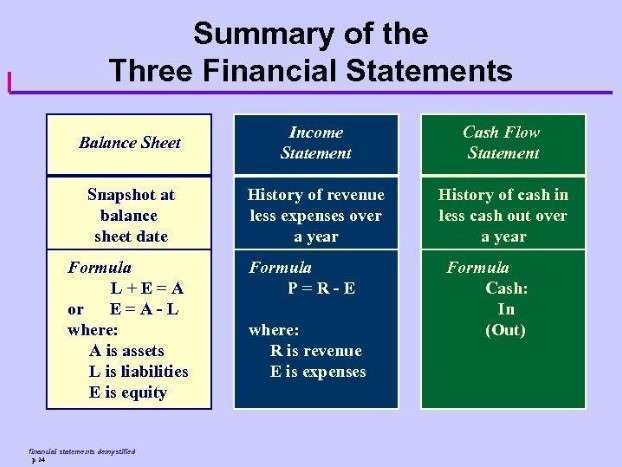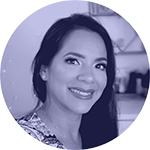
This method helps businesses estimate future expenses, profits, and cash flows based on their projected sales. By expressing certain costs and expenses as a percentage of sales, companies can create more accurate and manageable financial plans. The percentage of sales method predicts future finances based on current revenue.

What is Gross Revenue and Why Does It Matter?
As helpful as the percentage of sales method can be for financial projections, it’s not an all-in-one forecasting solution. With a revenue of $60,000, she’s not running a corporation, but she should still expect to run into a small amount of bad debt expense. By looking over her records, she finds that for the month, her credit purchases come to $55,000 (with $5,000 cash). Calculating the percentage of sales method is a crucial financial task for businesses, aiding in budgeting and forecasting. To simplify this process, we’ve created a user-friendly Percentage of Sales Method Calculator using HTML and JavaScript. This article guides you through using the calculator effectively and provides insights into the formula, examples, and FAQs.
- Here are some of the reasons the percentage-of-sales method might not be for you.
- The percentage-of-sales method is a financial forecasting model that assesses a company’s financial future by making financial forecasts based on monthly sales revenue and current sales data.
- An allowance also gives you a better picture of what assets you will have at your disposal.
- Quickly surface insights, drive strategic decisions, and help the business stay on track.
- Leverage the percentage of sales method to get a clear vision of your financial future so you can map strategies that work.
- The accounts receivable to sales ratio measures a company’s liquidity by determining how many sales are happening on credit.
- Bad credit expense refers to purchases that go uncollected due to credit card complications on the customer end.
Implement the Proportional Ratios of Line Items in the Forecasted Sales Figure
Unlike the percentage of sales method, which only looks at the current year’s bad debt, the percentage of receivables method looks at all your company’s bad debt. Barring any major shifts in the current year over last year, this can give you a more realistic idea of the bad debt you need to build in to your budget. The percentage of sales and percentage of receivables methods both work percentage of sales method example well if you receive a relatively small amount of revenue from a large number of clients. In other words, if you have a large number of clients that contribute to your total assets and revenue, the sales and receivables avenues are great allowance methods. This is common for enterprise software companies, or those dealing only with bulk products that go out to major distributors.

Limitations of the Percent of Sales Method
But even for bigger companies, the percentage-of-sales method may not work as well if they’ve had a big change in operations or structure that’s taken place to drive more sales. When approaching decisions in business, managers often have to grapple with situations in which they do not have complete data. Because managers cannot know the future, they often have to devise projections based on the past to develop plans and make decisions about strategies for growth. When creating projections, businesses usually use a percentage of sales analysis to determine future expectations for financial statements and bad debts.
How To Calculate Percentage Sales
We are going to calculate values for Accounts Receivable, Inventory, and Fixed Assets. The percentage of sales method provides a straightforward way to forecast financial figures. This helps businesses get a sense of their short-term financial outlook. Let’s look at a practical example to help you understand how to apply the percentage of sales method.

What is white space analysis? The ultimate guide to addressing unmet customer needs
When the company has to actually write off uncollectible accounts, those are written off against the allowance account. The percentage of sales method is a forecasting tool that makes financial predictions based on previous and current sales data. This data encompasses sales and all business expenses related to sales, including inventory and cost of goods.
- When you want to land investors or determine where your company is headed, you need to navigate some treacherous financial waters.
- This is the amount that the company needs extra financing for the projected accounting period.
- If her sales increase by 10 percent, she can expect your total sales value in the upcoming month to be $66,000.
- Based on this calculation the allowance method estimates that, of the credit sales of 65,000, an amount of 1,625 will become uncollectible at some point in the future.
- Use it for budget planning, forecasting, and strategic decision-making.
With shifting budgets and different departments needing more or less from the company every month, having a precise account of every expense and how it relates to future sales is a must. It also can’t consider other financial changes like future bad debts that might impact sales. Further details of the use of this allowance method can be found in our aged accounts receivable tutorial. Financial forecasting can be anything but fun at times, but it’s a necessary part of running a business. It’s also a necessary part of attracting investors, as nobody will want to invest in a company with a murky present and even murkier future. Bad debts aren’t fun, but being honest and open about them will go a long way toward instilling confidence in those thinking about putting money into your company.

Trial Balance
- The allowance method is a technique for estimating and recording of uncollectible amounts when a customer fails to pay, and is the preferred alternative to the direct write-off method.
- Accelerate your planning cycle time and budgeting process to be prepared for what's next.
- The approach can also be used to forecast some balance sheet items, such as accounts receivable, accounts payable, and inventory.
- When approaching decisions in business, managers often have to grapple with situations in which they do not have complete data.
- The store owner needs to look at each line item on the financial statement and work out the percentage in relation to revenue.
- In order to use the allowance method, it is first necessary to estimate the allowance needed using a suitable method.
- If your sales increase by 20 percent, you can expect your total sales value in the upcoming quarter or year to be $90,000.
- It looks at financial items like the cost of goods sold (COGS) and accounts receivable as a percentage of your total sales.
- Let’s look at a practical example to help you understand how to apply the percentage of sales method.
- With the percentage of receivables method, you can find out how much allowance to set for doubtful accounts in a different manner.
- He has been a manager and an auditor with Deloitte, a big 4 accountancy firm, and holds a degree from Loughborough University.